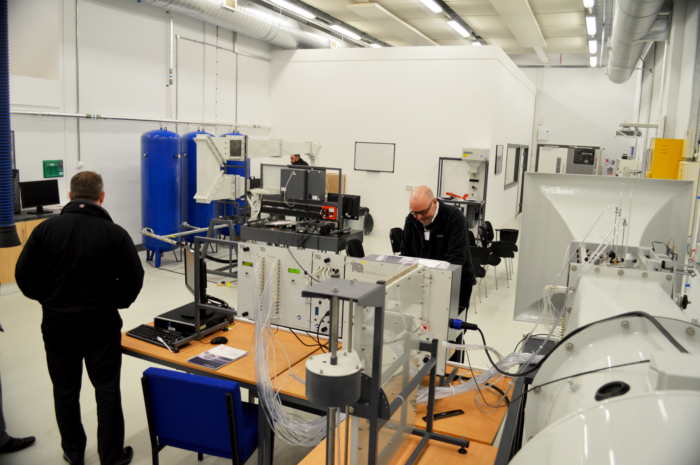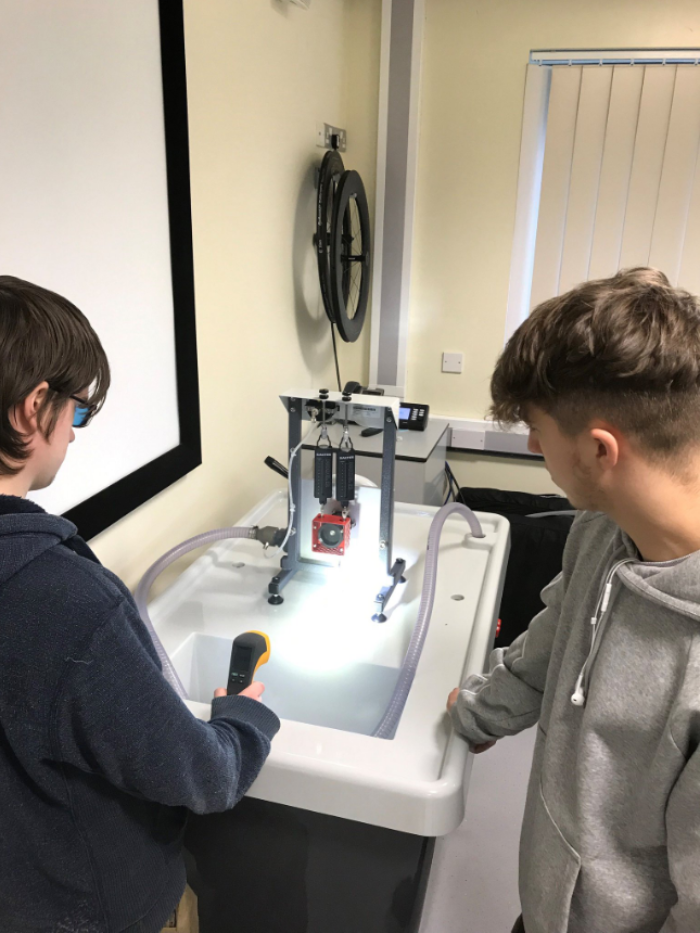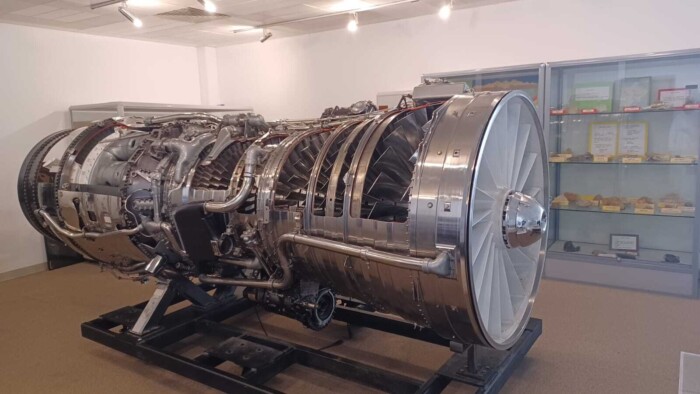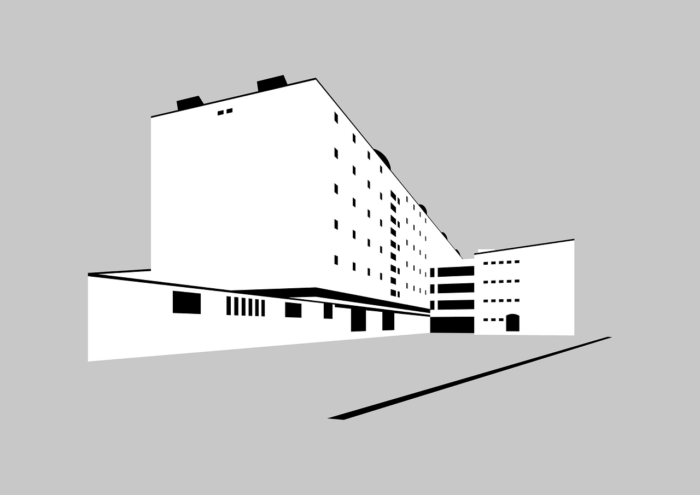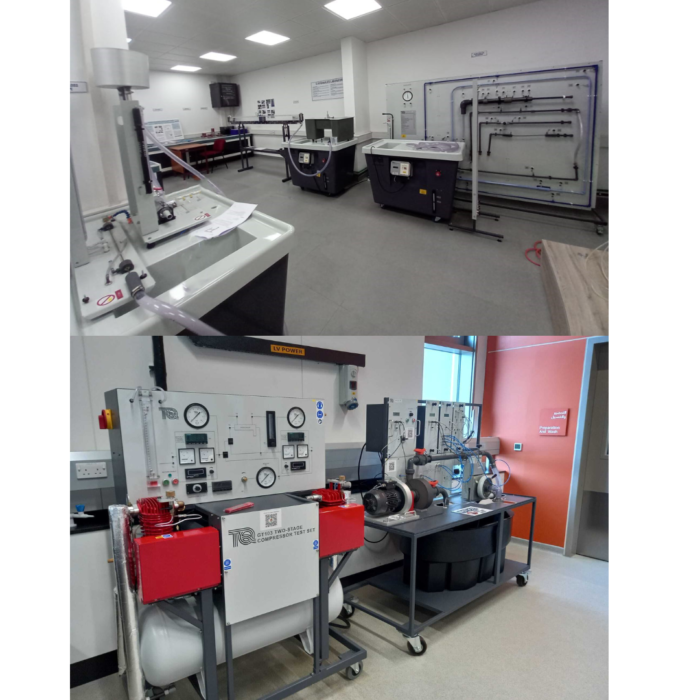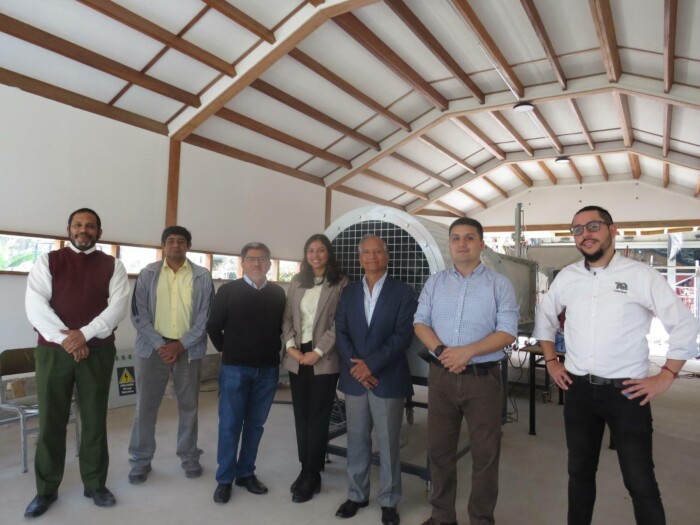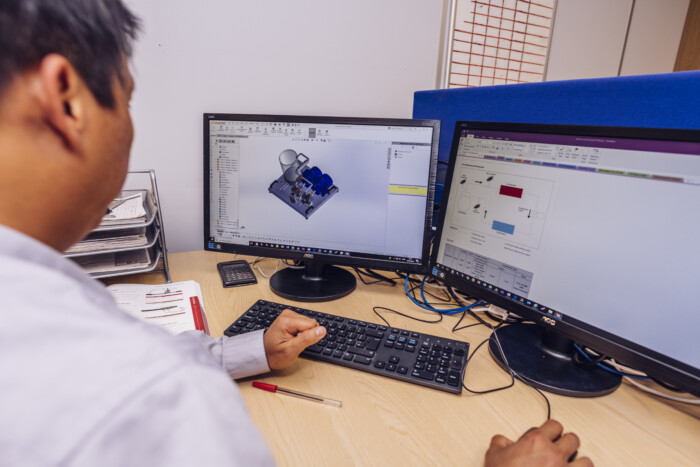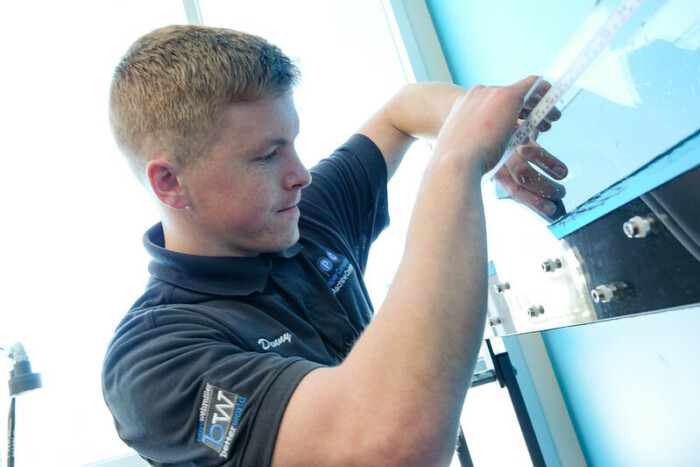Gay-Lussac studied at École Polytechnique in Paris, and then went on to work with notable scientists such as Claude-Louis Berthollet, Louis-Jacques Thenard and Jean-Baptiste Biot.
The Ideal Gas Law
Also known as the Pressure Law, this defines the relationship between the pressure and temperature of a fixed mass of gas kept at a constant volume.
- If a gases temperature increases, so does the pressure if the mass and volume of the gas are held constant
- The formula for the law is most commonly stated as: PV=nRT
- P is the pressure of the gas,
- V is the volume of the gas,
- n is the amount of substance of gas (also known as number of moles),
- R is the ideal, or universal, gas constant, equal to the product of the Boltzmann constant and the Avogadro constant,
- T is the absolute temperature of the gas.
where:
A computer animated version of the law is illustrated on the NASA website here.
Giving Credit to Charles
A previous scientist, Jacques Charles, provided the foundations for Gay-Lussac Law by defining the law of volumes, explaining that gas expands when heated. It was Gay-Lussac that further confirmed this.
Practical Applications Using Gay-Lussac’s Law
- Demonstrate the relationship between pressure and temperatures of a fixed volume of an ideal gas with the Ideal Gases – Gay-Lussac’s Law Experiment (TD1001).
Further Experiments for Learning the Gas Laws
- Understand Boyle’s Law of Ideal Gasses (TD1000) that shows the relationship between pressure and volume of an ideal gas at a fixed temperature.
- Demonstrate the behaviour and expansion of a perfect gas with the Expansion of a Perfect Gas experiment (TD1004).


